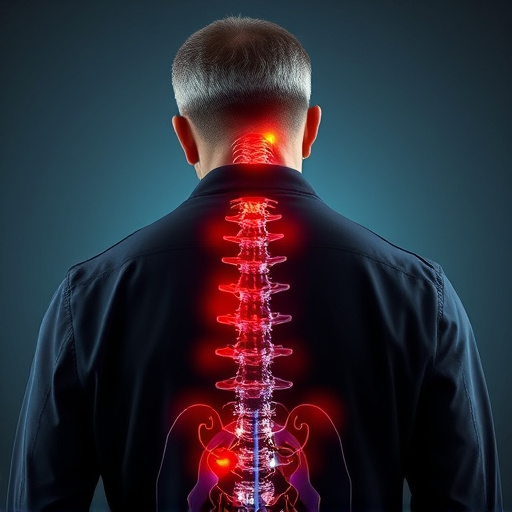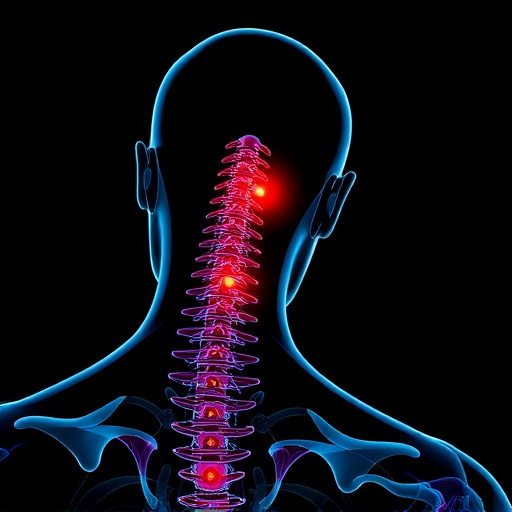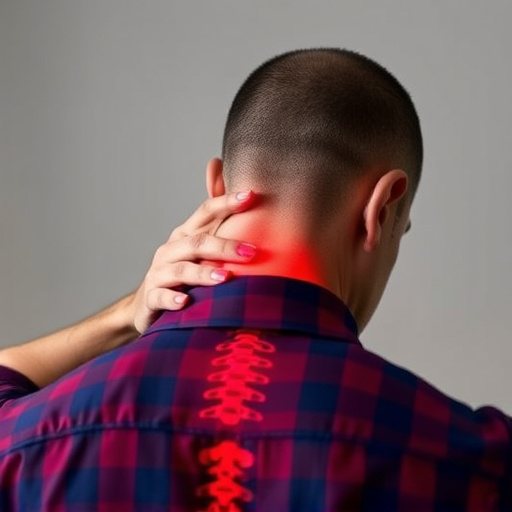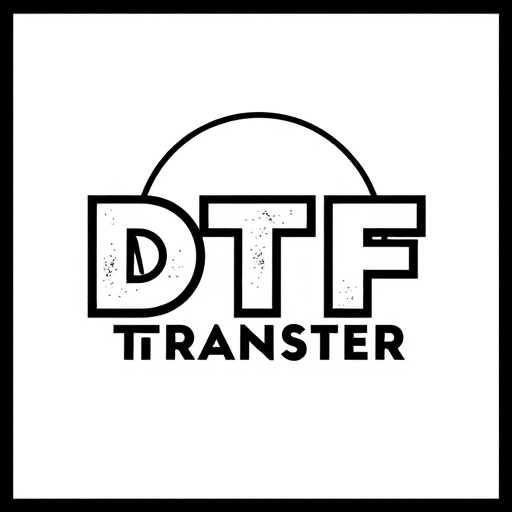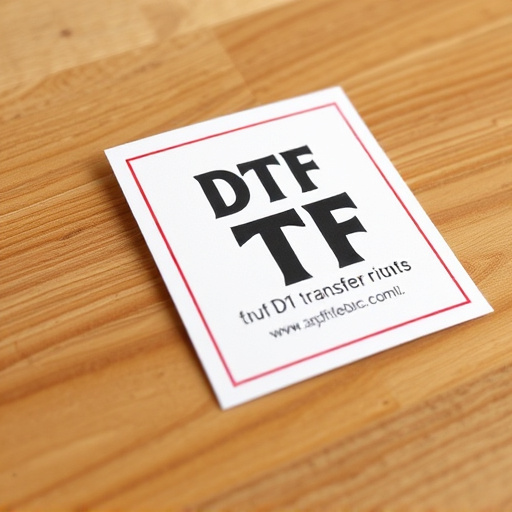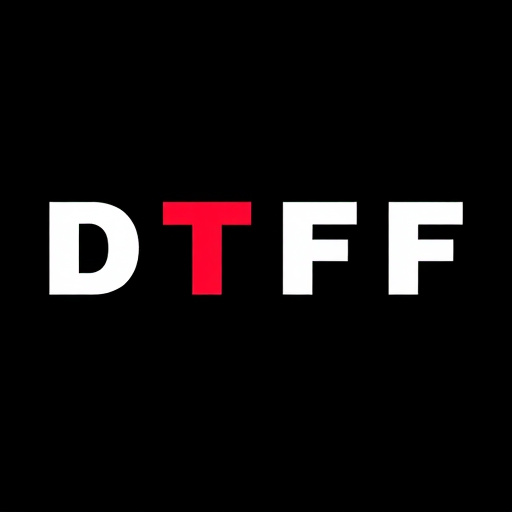Direct-to-film (DTF) transfers are transforming printing by directly reproducing high-quality images on various media. Popular for their precise color and detail reproduction, DTF offers advantages in art, photography, and specialty printing. Transfers vary in dimensions—length, width, and sometimes thickness—dictating applications: from large billboards to small nameplates. Larger print sizes enhance detail retention, suitable for art exhibitions, while smaller sizes are ideal for large-scale displays or advertising. DTF transfers cater to diverse needs, from personalized gifts to promotional materials, with popular sizes like 3" x 5", 8" x 10", and larger. Choosing the right transfer size ensures optimal print quality and resolution, matching medium and printing method. Future developments include advanced printers producing various shapes, stronger materials, and multi-material printing technologies, revolutionizing product manufacturing and creative design.
Direct-to-film (DTF) transfers have revolutionized the way we create and reproduce visual art. This article delves into the intricate world of DTF technology, focusing on a critical aspect often overlooked: dimensional measurements. We explore how these transfers are categorized based on size, their impact on image quality, and suitable applications. From vibrant DTF prints in popular sizes to future trends enhancing flexibility, this guide empowers users to choose the perfect DTF transfer for their creative endeavors, ensuring optimal results every time.
- Understanding Direct-to-Film (DTF) Transfers: A Basic Overview
- Categorizing DTF Transfers Based on Dimensional Measurements
- The Impact of Print Dimensions on Image Quality and Application Suitability
- Popular DTF Transfer Sizes and Their Common Uses
- Choosing the Right DTF Transfer for Specific Projects
- Future Trends in DTF Printing: Enhancing Dimensional Flexibility
Understanding Direct-to-Film (DTF) Transfers: A Basic Overview
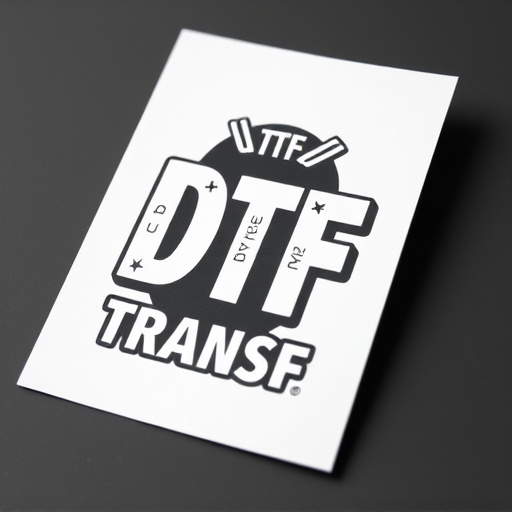
Direct-to-film (DTF) transfers are a cutting-edge method of printing and reproducing images directly onto various media, eliminating the need for traditional intermediate steps. This innovative process has gained significant traction in recent years, especially within the realm of photography, art, and specialty printing. By using advanced technology, DTF allows for precise and high-quality reproduction of colors and details, making it a game-changer for creating accurate prints.
DTF transfers offer several advantages over conventional printing methods. It involves transferring an image directly from a digital source to a physical surface, such as canvas, metal, or even glass. This direct correlation between the digital file and the final print ensures that every detail, from subtle textures to vibrant colors, is captured flawlessly. Furthermore, DTF printing enables the production of unique, one-of-a-kind pieces, catering to artists and collectors seeking exclusive works. With its ability to produce high-resolution prints with exceptional longevity, DTF has become a preferred choice for creating memorable art pieces and preservation of valuable images.
Categorizing DTF Transfers Based on Dimensional Measurements
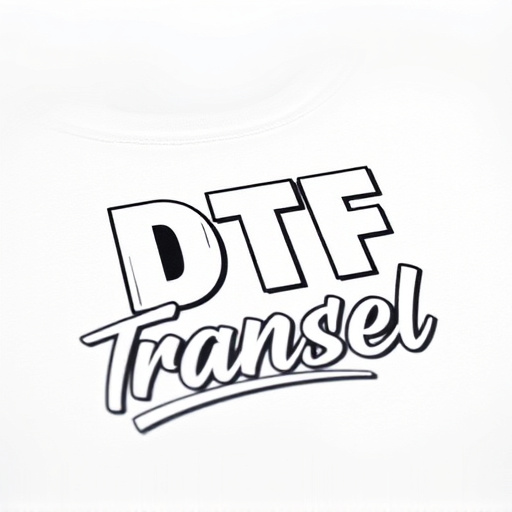
Direct-to-film (DTF) transfers are often categorized based on their dimensional measurements, which play a crucial role in determining the quality and applicability of the final prints. These dimensions include length, width, and sometimes thickness, measured in various units like millimeters or inches. Each category corresponds to specific DTF printing methods and applications.
For instance, wider DTF transfers cater to larger formats like billboards and posters, where high-resolution images require substantial surface area. In contrast, narrower dimensions are suitable for smaller items such as nameplates, badges, and decorative accents. The thickness of the transfer also varies, with some designed for thin materials like vinyl or paper, while others can handle thicker substrates needed for durable tags or labels. These classifications help ensure that DTF Printing meets the precise requirements of diverse projects, from promotional merchandise to industrial signage.
The Impact of Print Dimensions on Image Quality and Application Suitability
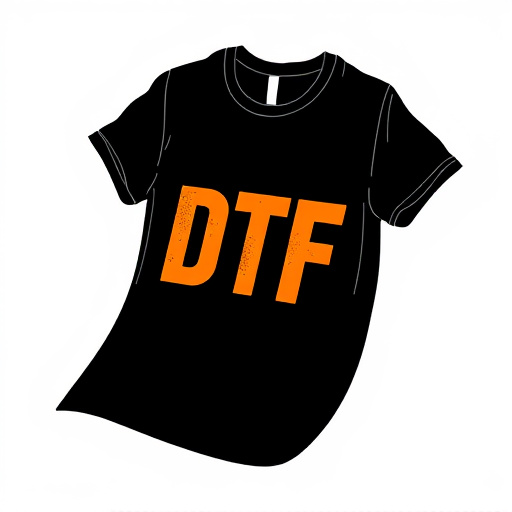
The dimensional measurements of a direct-to-film (DTF) transfer play a pivotal role in dictating the image quality and suitability for various applications. In the context of DTF printing, the print dimensions directly influence the clarity and detail retention of the final output. Higher resolution prints, achieved through larger dimensions, offer superior visual fidelity, making them ideal for high-end art exhibitions or intricate design work where every nuance matters. Conversely, smaller print sizes are more feasible for large-scale displays, advertising, or outdoor signage, where a broader view may obscure minor details.
Moreover, the impact extends beyond aesthetics; application requirements guide the choice of DTF transfer dimensions. For instance, while fine art prints benefit from larger formats to showcase intricate brushstrokes, textile printing often demands smaller transfers for precision in pattern replication on diverse fabrics. Understanding these relationships ensures that DTF prints meet both aesthetic and functional expectations across different industries.
Popular DTF Transfer Sizes and Their Common Uses
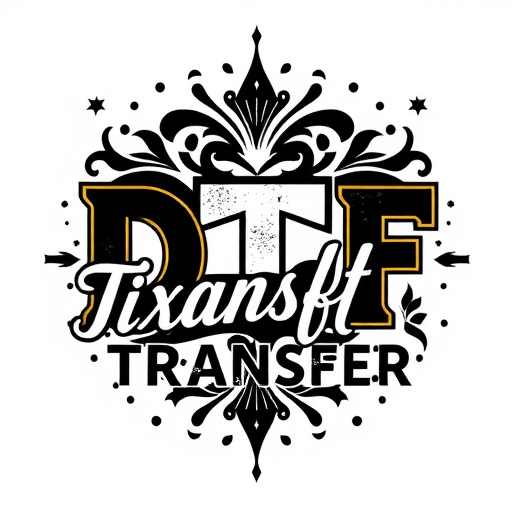
Direct-to-film (DTF) transfers come in various dimensions, each with its specific use cases. The most popular sizes include 3″ x 5″, 4″ x 6″, and 5″ x 7″. These smaller formats are ideal for creating personalized gifts like keychains, phone cases, and small home decor items. They offer intricate detail and vibrant colors, making them perfect for showcasing fine art, photos, or logos.
Larger DTF transfers, such as 8″ x 10″ and 11″ x 14″, are commonly used for printing on larger items like mugs, t-shirts, and tote bags. These dimensions allow for more complex designs with better impact, making them suitable for promotional materials, custom apparel, and merchandise. DTF Printing offers a versatile solution for both personal and commercial applications, enabling creators to bring their artistic visions to life across a range of products.
Choosing the Right DTF Transfer for Specific Projects

When selecting a Direct-to-Film (DTF) transfer for your project, understanding dimensional measurements is key to ensuring the best fit and quality. The primary consideration is the size of the print desired—whether it’s a small, intricate design or a large-scale mural. DTF transfers come in various dimensions, typically measured in inches or millimeters, allowing for customization to suit specific applications. For instance, a smaller DTF transfer might be ideal for customizing apparel, creating stickers, or adding subtle graphics to accessories, while larger prints are perfect for signmaking, poster production, or even fabricating large-scale art installations.
Additionally, the chosen DTF transfer should align with your desired resolution and print quality. Higher resolution transfers offer more detailed and crisp prints but may be more expensive. Consider the medium on which you plan to apply the DTF print—whether it’s paper, plastic, metal, or fabric—as different surfaces require specific transfer technologies and adhesive properties for optimal results. Moreover, printing methods such as DTG (Direct-to-Garment) or vinyl cutting can further enhance the final product’s appearance and durability, ensuring that your DTF prints meet the unique requirements of each project.
Future Trends in DTF Printing: Enhancing Dimensional Flexibility
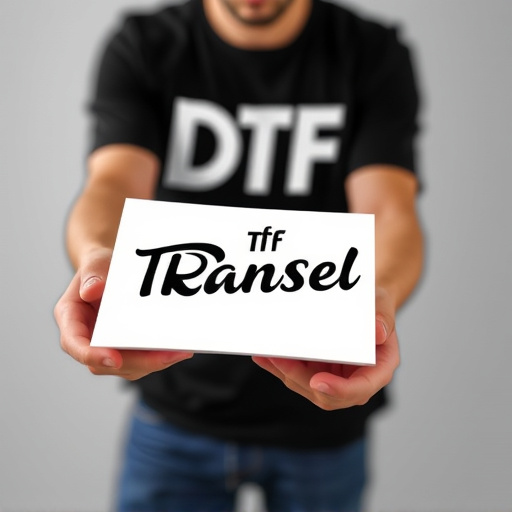
As technology evolves, Direct-to-film (DTF) transfers are expected to see a future filled with enhanced dimensional flexibility. This means printers will be capable of producing DTF prints in a wider range of sizes and shapes, catering to diverse applications beyond traditional flat surfaces. With advancements in materials science, we can anticipate new formulations that offer improved strength, durability, and flexibility for DTF transfers, enabling their integration into more complex and unconventional product designs.
Additionally, the development of multi-material printing technologies will likely play a pivotal role in shaping future DTF trends. By allowing printers to work with different materials simultaneously, this capability opens doors to creating multi-functional DTF prints with varied properties tailored to specific uses. This shift towards material versatility and dimensional freedom promises to revolutionize not only traditional product manufacturing but also fields like wearable technology, medical devices, and architectural applications, ultimately expanding the creative possibilities for designers and engineers alike.
